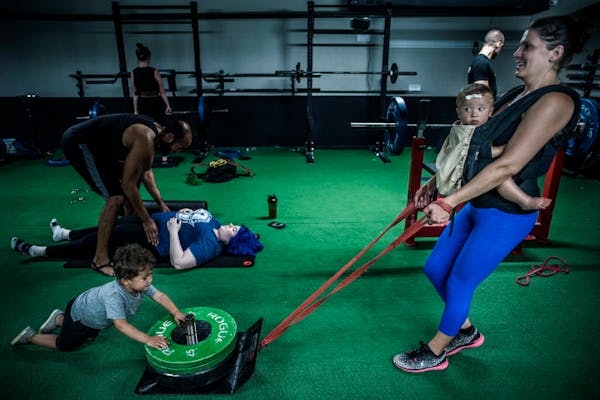• Check with your pediatrician before you use a baby carrier. Due to infants' lack of muscle strength and coordination, not all carriers, wraps or slings are appropriate for infants.
• Avoid keeping the baby in the C position, where the head drops forward, pining the chin to the chest. That could potentially interfere with airway and breathing.
• Make sure the infant's face is not covered and is visible at all times.
• Be aware of weight limits. Not all carriers are safe for small infants or large toddlers.
• Babies should not routinely sleep in carriers. A crib or bassinet is safest for naps. If a child does nod off while in a carrier, parents should check to be sure the head and neck are supported.
• If nursing the baby in a sling, change the baby's position after feeding so the baby's head is facing up and is clear of the sling and the mother's body.
• Be vigilant about frequently checking on the baby, always making sure nothing is blocking the baby's nose and mouth and that the baby's chin is away from the chest.
• To avoid hip dysplasia, choose a carrier that allows room for the baby's legs to spread in the frog-like position with the thighs supported and the hips and knees bent.

Minnesota and other Democratic-led states lead pushback on censorship. They're banning the book ban

